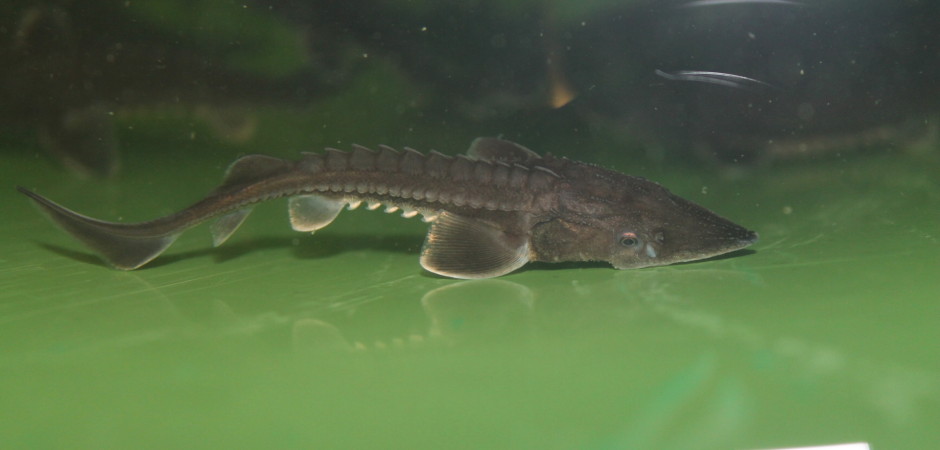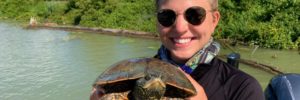Funded By
Fisheries and Oceans Canada; Ontario Centre for Excellence
Research Team
Research Summary
Aquatic systems are altered for many reasons, including building dams for hydroelectric power, diversions for cooling at nuclear facilities, and irrigation for crops. These alterations impose negative consequences on fish populations, whether through entrainment (being drawn through water intakes) or impingement/biofouling (becoming trapped against barrier structures intended to prevent entrainment). Consequently, there is considerable interest in developing low-cost technologies that are successful at guiding fishes away from these infrastructures and/or guiding them towards areas of safe passage. Partnered with ATET-Tech, Inc., a Canadian company, we have been engaged in testing a new, LED-based light guidance device (LGD) that is capable of producing 16 million different colours at constant output or strobing at frequencies between 1-40Hz. This LGD allows us to match photostimuli with species-specific spectral and strobing sensitivities to ambient light conditions and turbidity to achieve behavioural guidance and decrease mortality in species-at-risk. To date, we have tested the LGD on largemouth bass, white sturgeon, walleye and American eels with promising results. Incorporating natural diel patterning in movement behaviour with species-specific spectral sensitivities via the programmable LGD renders this approach applicable across a wide range of species and applied systems.





